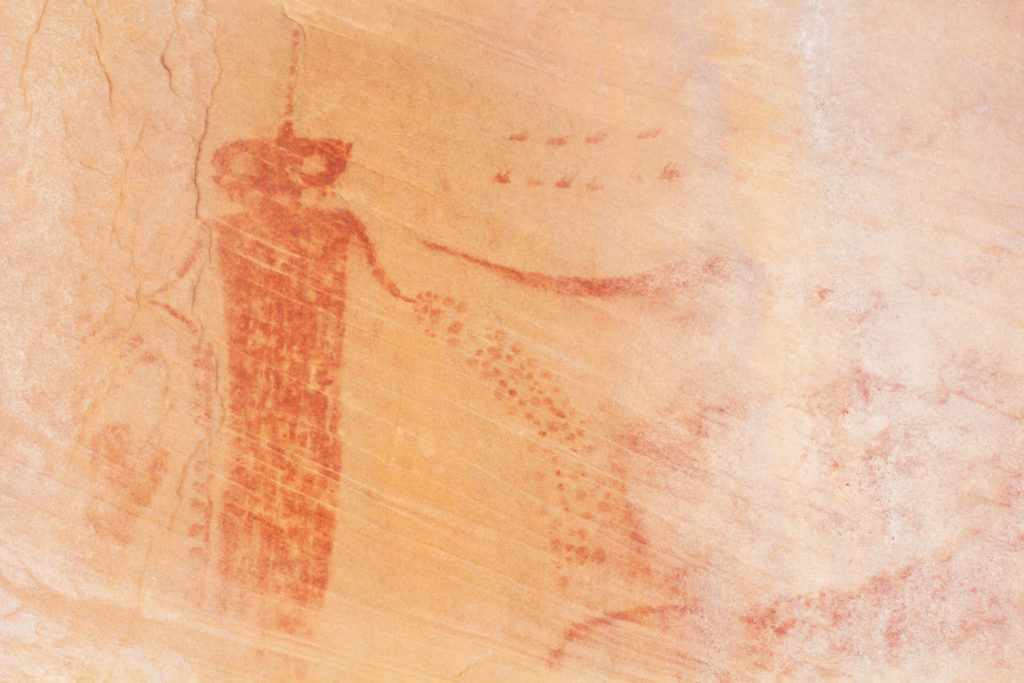- Home
- >
- Preservation Archaeology Blog
- >
- Why Should We Care about the Past?
We’re very pleased to share this guest post by our friend Jonathan Bailey. Jonathan is a photographer specializing in conservation, cultural resources, and public land. He is also the author of Rock Art: A Vision of a Vanishing Cultural Landscape. You can follow him on Instagram and Facebook.
Jonathan will be speaking at the Loft Cinema in Tucson, Arizona, on November 19, 2019, at 6:00 p.m. Join us for this free discussion to get first looks at Molen Reef rock art. Learn more here.

(November 15, 2019)—If you hang around long enough in archaeology or a related field, you will inevitably be asked why it matters. Most likely, you will have been disciplined on how to respond—that by studying the past, we may cultivate a better future, and that “those who cannot remember the past are condemned to repeat it” (an oft-quoted text from The Life of Reason by George Santayana).
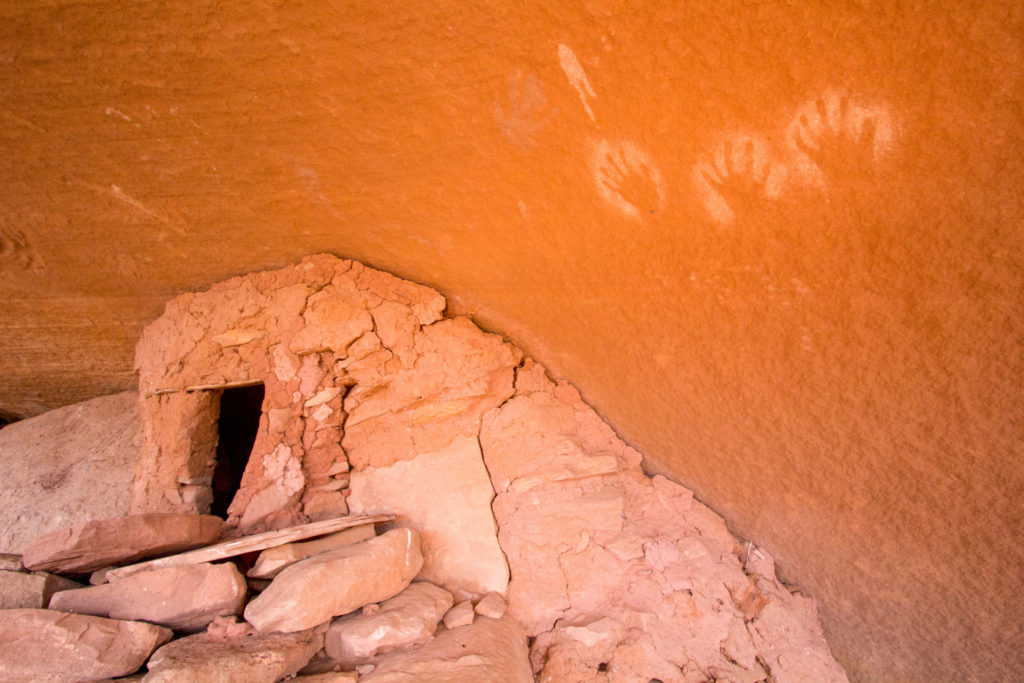
Envisioning human history as an exploitable resource is not, by any means, inaccurate. Through archaeology, we have a better sense of how people responded to a changing climate in the past. We have also observed, in various settings, what happens to people when an ecosystem is stressed to its maximum (hint—it’s extinction), and that’s just the tip of the quickly melting iceberg.
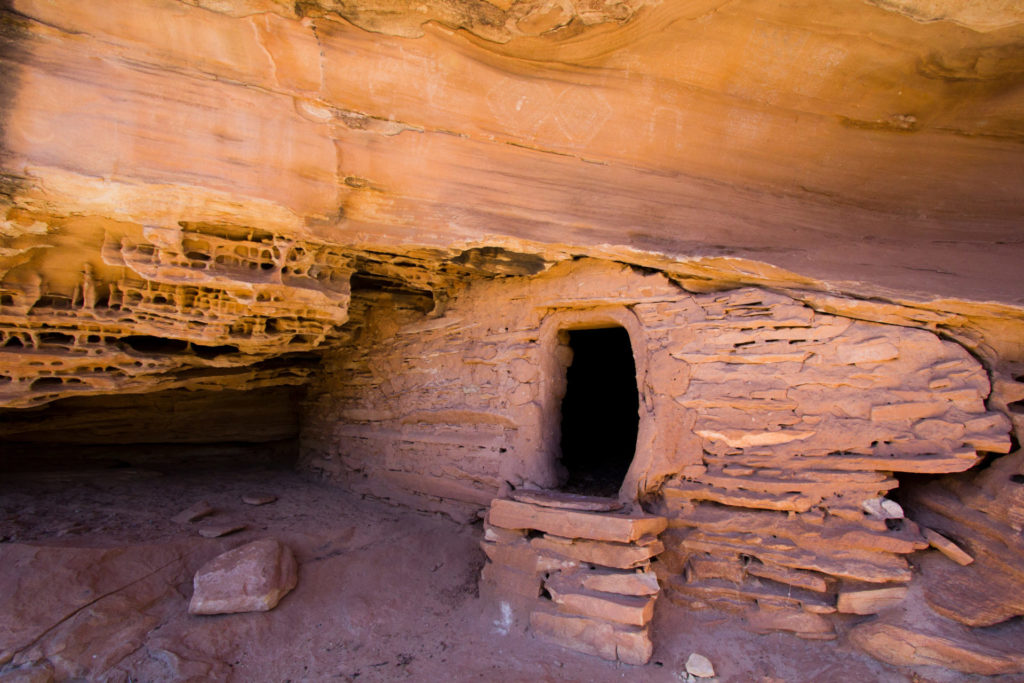
Yes, archaeology has provided some stark premonitions of the future if we fail to reduce our carbon footprint, but it has also painted the past in rich colors, blotching in the details of daily and ritual life once thought to be impossible. Over a century ago, an archaeologist (there are some indications it was Edgar Lee Hewett) famously stated that the field of study was a “sucked orange”—drained of any further progress! He had failed to consider the unimaginable—radiocarbon dating, 3D modeling, and DNA testing, to name just a few technologies that have since revolutionized how we think about the past.
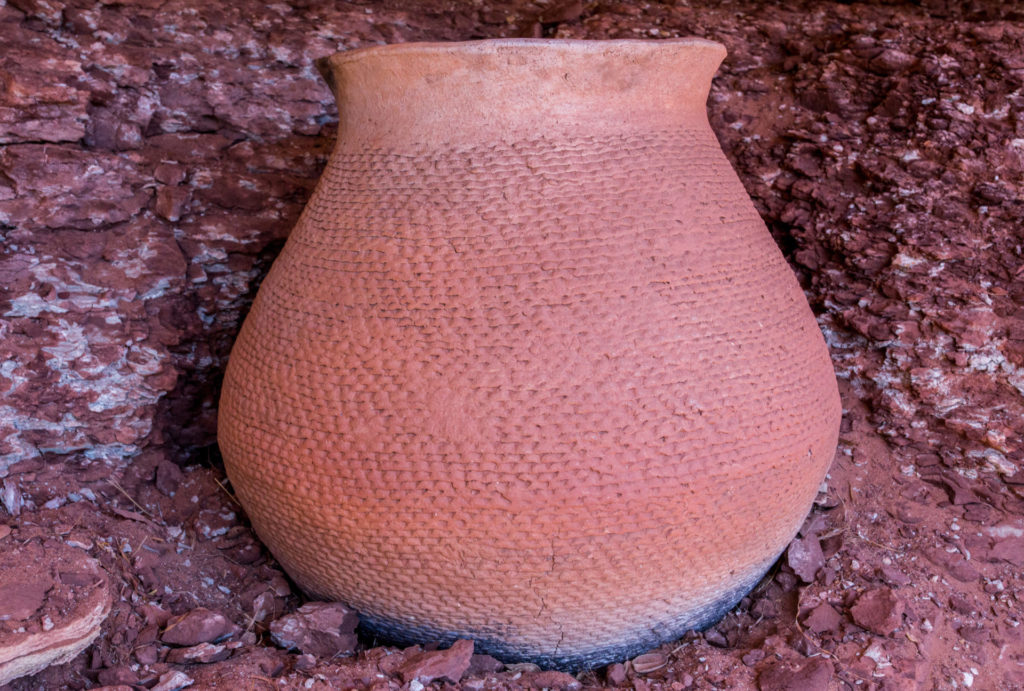
In one of my favorite passages from Braiding Sweetgrass, author and plant ecologist Robin Wall-Kimmerer notes that “Science can be a language of distance which reduces a being to its working parts; it is a language of objects. The language scientists speak, however precise, is based on a profound error in grammar, an omission, a grave loss in translation from the Native languages of these shores.”
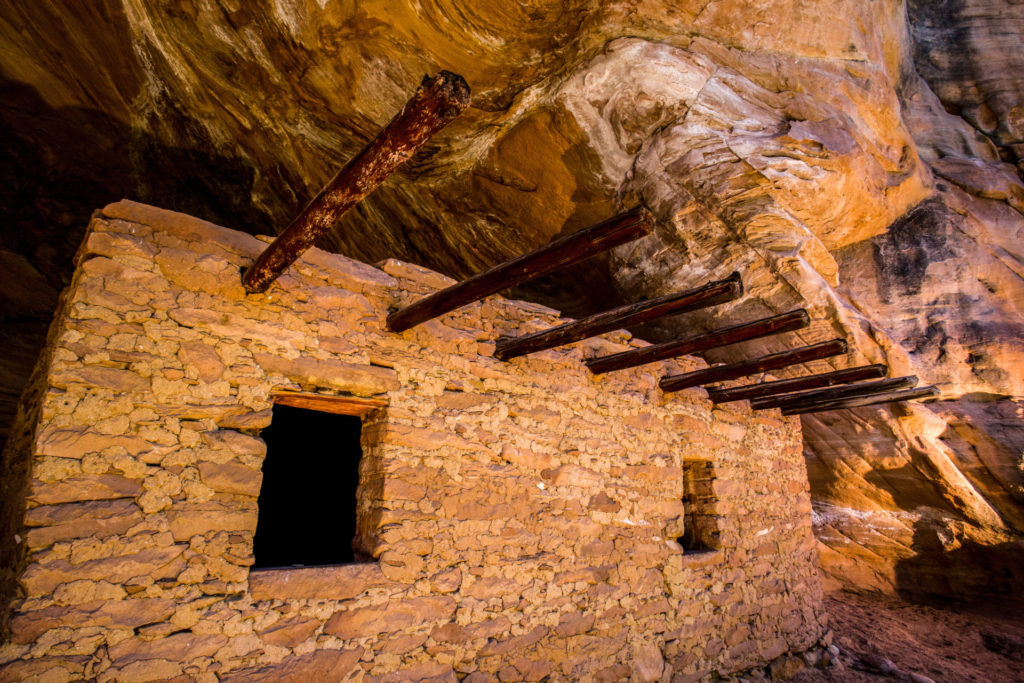
Although research has provided us with a wealth of knowledge, believing that the past matters only because of its ability to provide data and statistics is an omission. As members of the conservation community, we have been given a sacred opportunity to extend the definition of value. We have been witnesses to the creation of the Bears Ears National Monument. We have seen the depths to which Indigenous knowledge testifies to the value of place and heritage. We have planted our feet beneath sacred places and sensed there was something greater. I can’t help but feel as if we should know better. If no amount of documentation or research can render the sacred dispensable—which it can’t—then academic scrutiny is far from being the only source of its value.
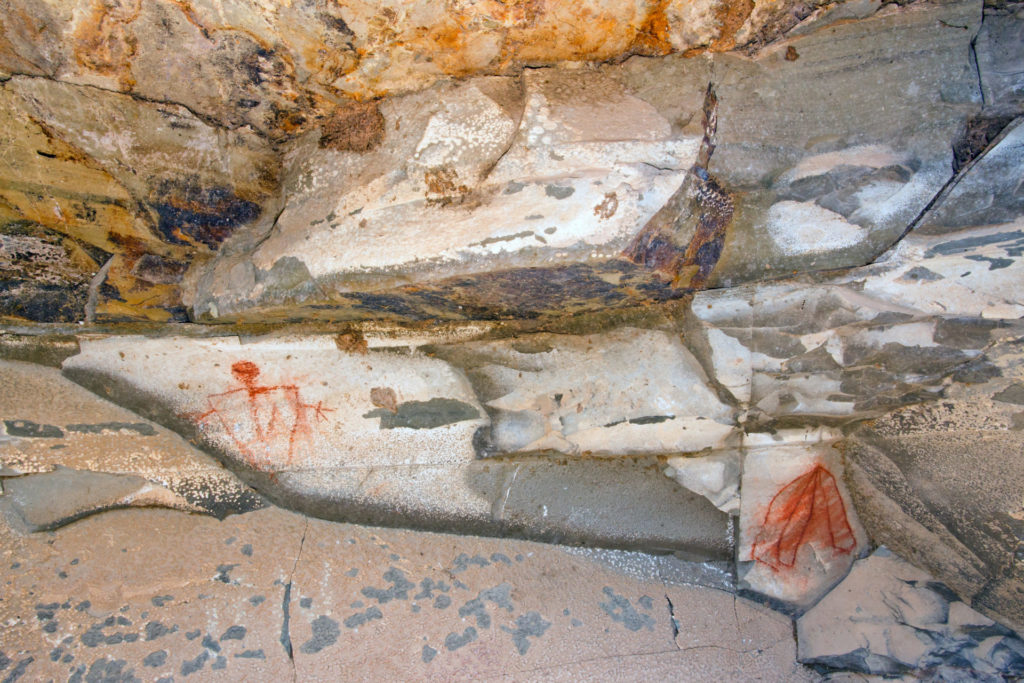
Paul Tosa, former governor of the Pueblo of Hémes (Jemez), says that the past holds “living spirits”—a landscape consecrated by hundreds of generations that have inhabited (and still inhabit) these sacred spaces. I am reminded of a newborn child’s footprint pressed into the mortar of a structure in the Bears Ears, each toe distinctly visible above the lintel. One could imagine the child as if they were still clutched in the hands of their parents, wrapped in both arms, as their right foot was dipped into the wet mud.
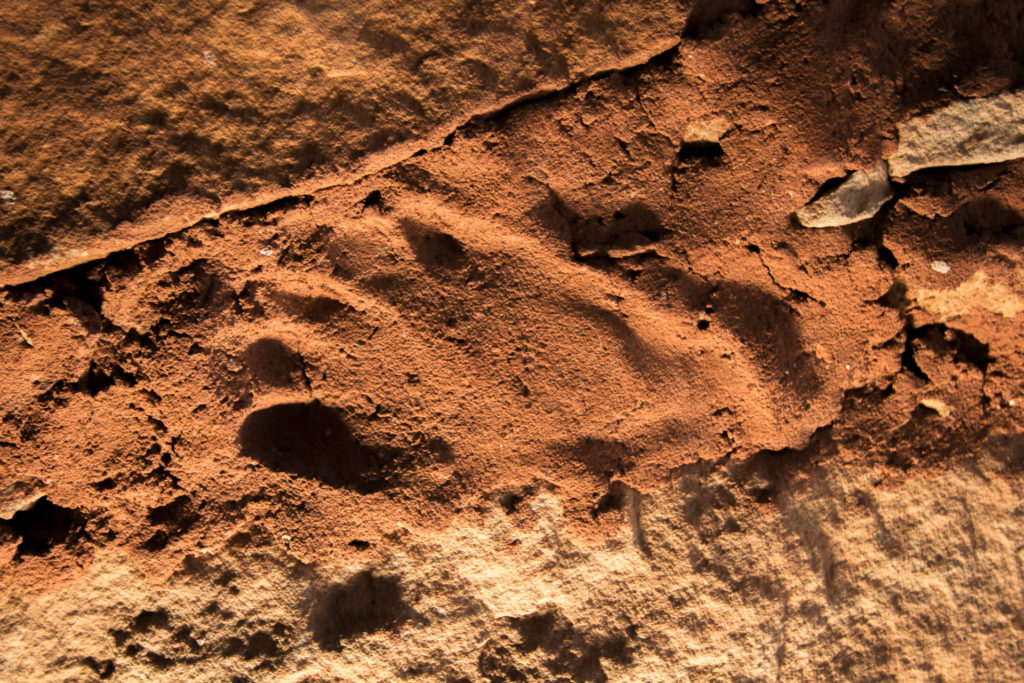
Personally, I believe the past to be a gift, one that is often available without prerequisites (on public lands, which are ancestral territories), for better or for worse. At some point, you may come to the conclusion that the value of the past, or the sacred, is not a question that needs to be asked or answered in a society where the only resources worth justifying seem to be those that are self-serving. We are not alone on this planet. We are not the only culture, or the only species, and many would argue that we are not alone among ancestral spirits. I believe we have a responsibility to the sacred even if humanity is no longer there to partake in its observation. Although, certainly, it is a profound privilege that we are.

I fear that this question, and answer, allude to a greater misunderstanding. The past matters because it is sacred. Like wilderness, it is a concept that needs no defense, only defenders.
